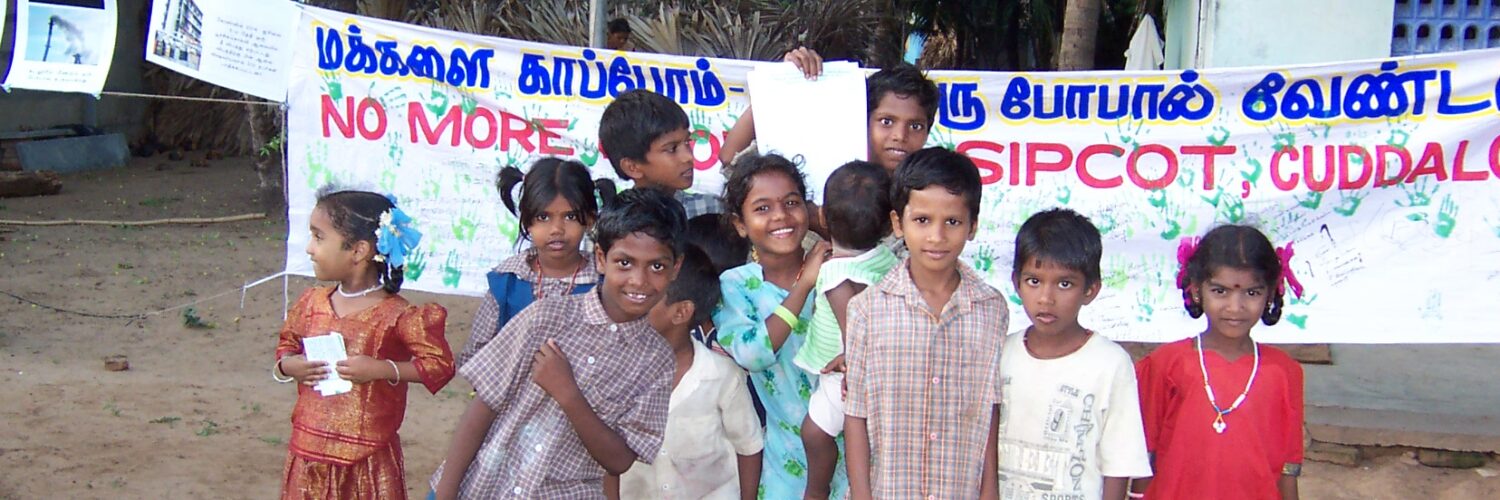New Kerala
03 Dec 2005
Chennai: Nearly 27 toxic gases, of which three can cause cancer, are emitted from the burning of garbage in Pallikaranai in the vicinity of Chennai’s much-touted IT corridor, a survey said.
Released on the eve of the Bhopal disaster anniversary, “Choking in Garbage” is a review of garbage disposal at Pallikaranai by Community Environmental Monitoring Program of The Other Media, a Chennai-based NGO.
“Most of the chemicals found target the central nervous system and the respiratory system,” the report said.
The presence of benzene, which can cause leukaemia among children, was found to be 2,000 times higher than levels thought to be safe.
Pallikaranai is the largest natural rainwater harvesting systems in the region, linked to the Bay of Bengal through a network of backwaters and rivulets.
The study sample was taken from the Perungudi area of the IT corridor, barely 500m from the dumping site, and analysed for 69 volatile organic chemicals and 20 sulphur compounds.
The sample was analysed at the Columbia Analytical Services in Simi Valley, California, according to established procedures of the US Environmental Protection Agency. At least 15 out of 27 chemicals found in the sample exceeded US EPA’s regulatory levels.
The area has offices of premier IT companies, educational institutions and government resettlement colonies, besides being home to several species of birds, fishes and reptiles.
According to two Madras University researchers – Dipankar C. Patnaik and Priya Narayanan – about 18,00 tonnes of garbage from six zones are dumped daily by city authorities in the Perungudi dumpyard, on Pallikaranai marshland.
Chennai generates 3,500 tonnes of garbage – organic waste, plastic, packaging waste, paper, metal, glass, construction debris ash, sand and grit – everyday.
